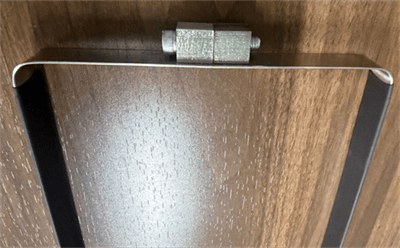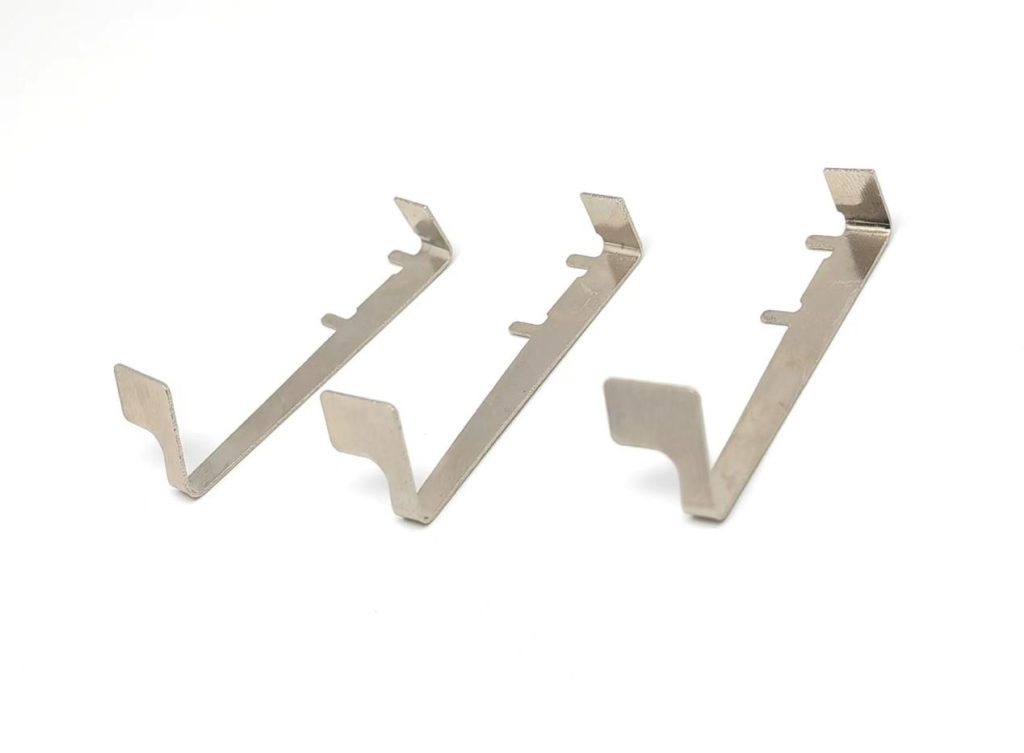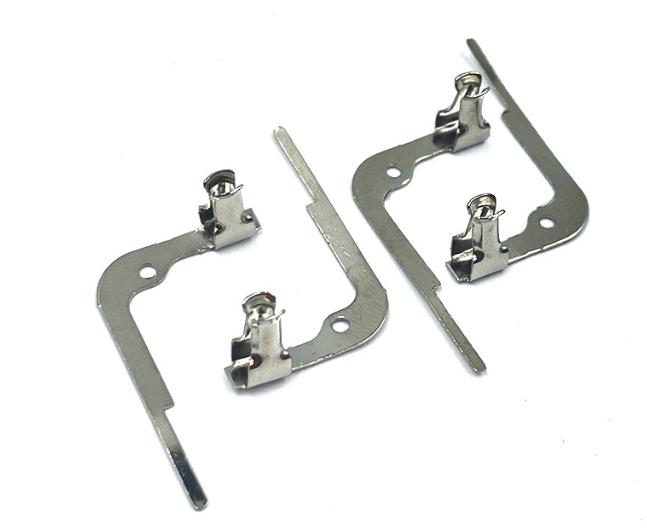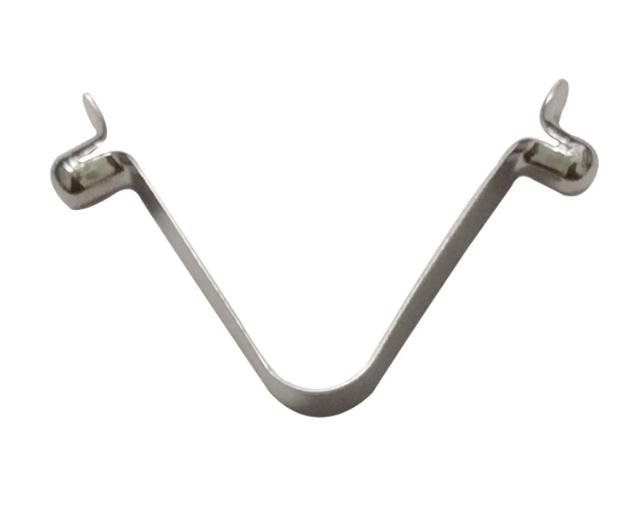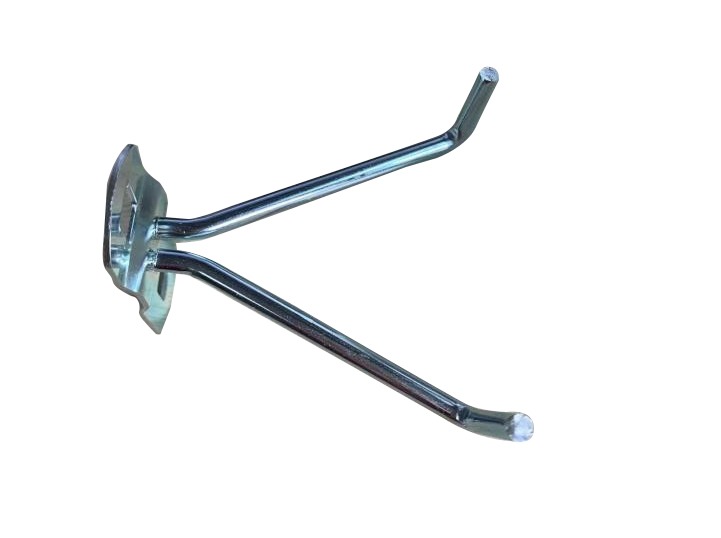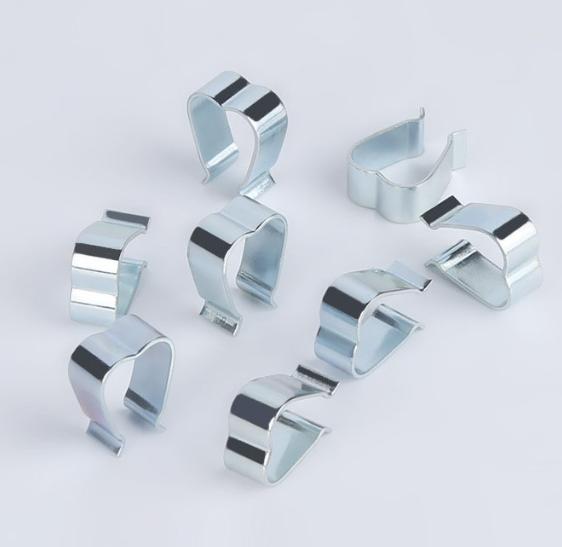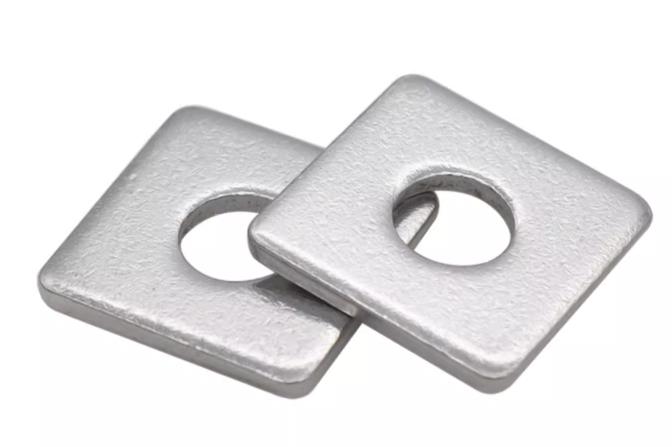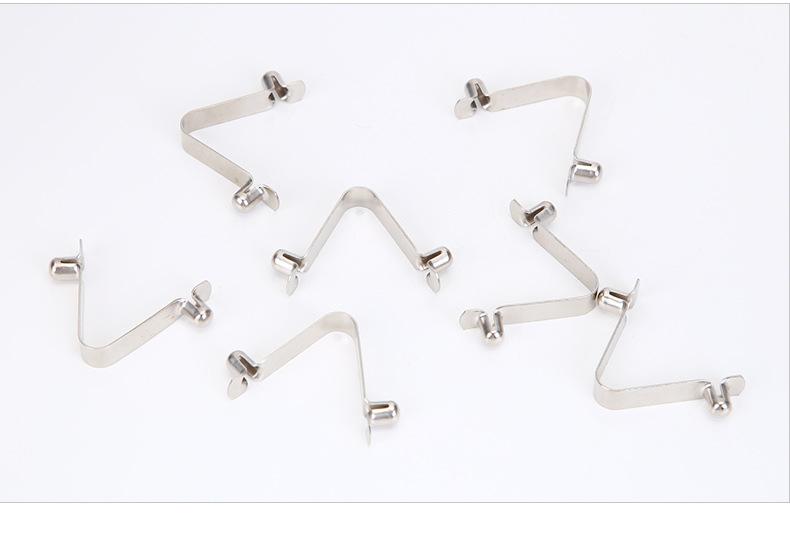What are Contributing to the Growth of Metal Stamping Parts?
Metal stamping has long been a fundamental manufacturing process that converts metal sheets into numerous components for sectors ranging from automotive and aerospace to electronics and appliances. The global market for metal stamping components has seen some notable trends and growth. In this article, we explore the key market trends and factors contributing to the growth of metal stamping parts.
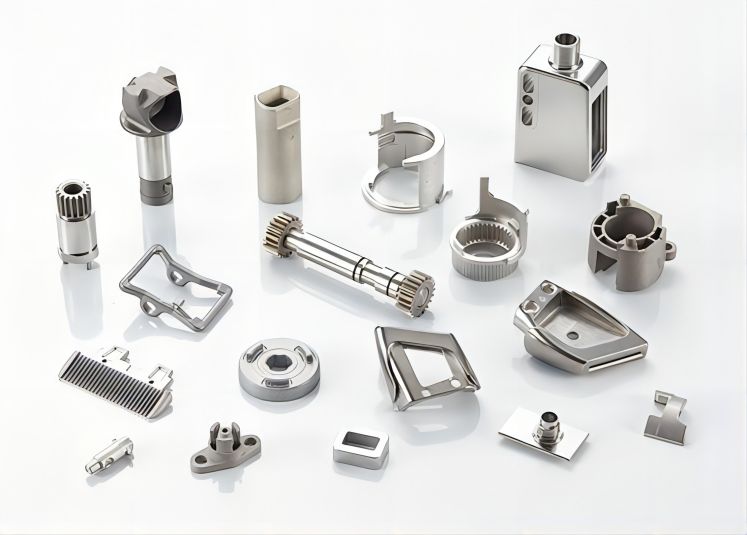
1. Technological Advancements and Automation in Metal Stamping Parts
| Aspect | Description |
| High-Speed Stamping Presses | Utilization of high-speed presses for faster production rates. |
| Servo-Drive Technology | Integration of servo-driven systems for precise control and flexibility. |
| Automated Coil Feed Systems | Automation of material feeding using coil feed systems for efficiency. |
| Computer Numerical Control (CNC) | Implementation of CNC machining for precise control of stamping operations. |
| Progressive Die Stamping | Utilization of progressive die setups for multiple operations in a single pass. |
| Real-Time Monitoring Systems | Integration of sensors and monitoring systems for real-time process control. |
| Quick Die Change (QDC) Systems | Implementation of QDC systems to reduce downtime during die changes. |
| Simulation Software | Use of simulation software for virtual testing and optimization of stamping processes. |
| Robotics and Robotic Arms | Incorporation of robotics for material handling and secondary operations. |
| Artificial Intelligence (AI) | Application of AI for predictive maintenance, quality control, and process optimization. |
| Internet of Things (IoT) | Connectivity of machines through IoT for data exchange and remote monitoring. |
| Vision Systems and Optical Inspection | Use of vision systems and optical inspection for quality assurance. |
| Energy-Efficient Technologies | Adoption of energy-efficient technologies to reduce environmental impact. |
| Adaptive Tooling Systems | Tooling systems with adaptive features for versatile production. |
| Data Analytics for Process Optimization | Analysis of data for continuous improvement and optimization of stamping processes. |
| Collaborative Automation | Collaboration between human operators and automated systems for enhanced efficiency. |
| Safety Features | Integration of safety features such as sensors and emergency stop mechanisms. |
| 3D Printing/Additive Manufacturing | Integration of 3D printing for prototyping and creating complex tooling components. |
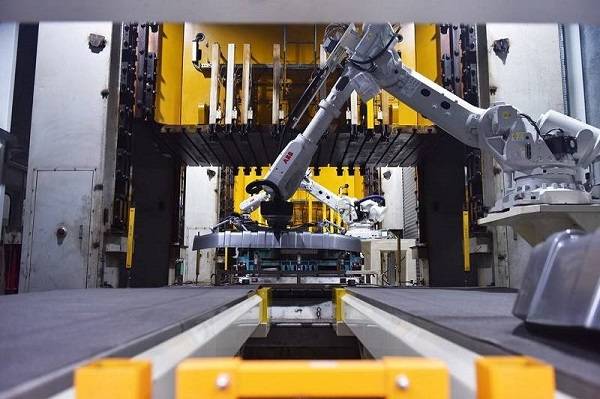
2. Lightweight Metal Stamping Parts for Automotive Industry
With a global push for sustainability and fuel efficiency, the automobile sector is increasingly using lightweight materials for car components. Metal stamping enables manufacturers to create lightweight but durable parts, which contributes to the creation of fuel-efficient and environmentally friendly cars. The use of high-strength steel, aluminum, and modern alloys in metal stamping contributes to the automotive industry’s goal of improving performance while reducing environmental impact.
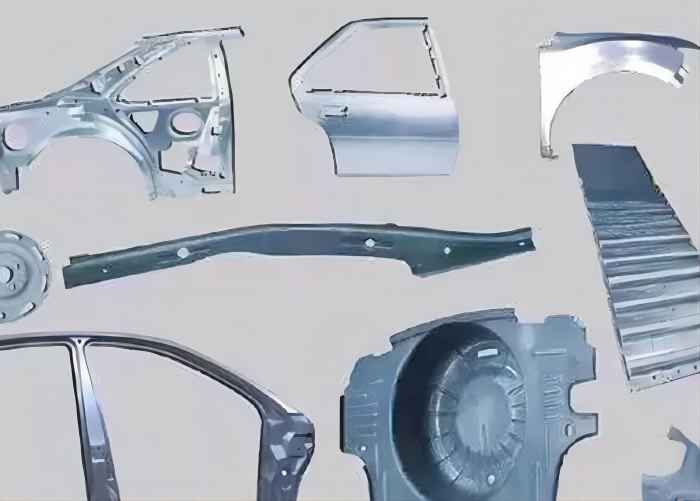
3. Customization and Complex Designs of Metal Stamping Parts
| Aspect | Description |
| Material Selection | Wide range of materials for metal stamping, including steel, aluminum, brass, and alloys, to meet specific requirements. |
| Custom Tooling | Creation of custom dies and molds for unique shapes and designs. |
| Part Complexity | Ability to produce intricate and complex geometries in stamped parts. |
| Tolerance Control | High precision and tight tolerance control for accurate dimensions. |
| Multi-Step Stamping | Capability to perform multiple stamping operations in a single process. |
| Blanking and Piercing | Customization of blanking and piercing operations for specific part designs. |
| Embossing and Debossing | – Incorporation of raised or recessed features for branding or functional purposes. |
| Bending and Forming | Custom bending and forming processes to achieve unique shapes and contours. |
| Surface Finishing Options | Variety of surface finishes, including plating, coating, and polishing, for enhanced aesthetics and corrosion resistance. |
| Material Thickness Variation | Adaptability to different material thicknesses for diverse applications. |
| Prototype Development | Ability to create prototypes for testing and validation of custom designs. |
| High-Volume Production | Scalability for mass production while maintaining design intricacy. |
| Cost Considerations | Balancing customization with cost-effectiveness for different production volumes. |
| Quality Assurance Measures | Inspection and quality control processes in stamping parts to ensure consistency and accuracy in complex designs. |
| Industry Applications | Customization for industries such as automotive, electronics, aerospace, and consumer goods. |

4. Rising Aerospace and Defense Expenditure for Metal Stamping Parts
The aerospace and defense sectors continue to invest in sophisticated technology, driving up demand for precision-engineered metal components. Metal stamping, with its ability to achieve tight tolerances and quality standards, is gaining popularity. Rising worldwide military budgets, as well as the development of next-generation aircraft, create a climate conducive to growth and innovation in aerospace and defense metal stamping applications.
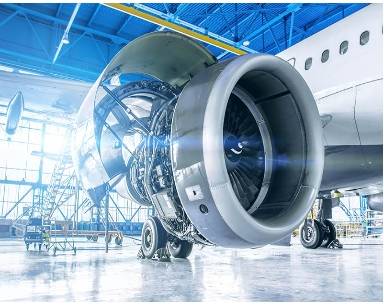
5. Sustainability Initiatives for Metal Stamping Parts
Environmental sustainability is a significant responsibility for all sectors, including the metal stamping parts sector. Manufacturers are implementing environmentally friendly methods such as material recycling, energy-efficient procedures, and waste minimization. Sustainability initiatives not only line with corporate responsibility objectives but also appeal to environmentally concerned consumers, opening up new markets for sustainable metal stamping solutions.
6. Global Market Expansion and Regional Dynamic in Metal Stamping Parts
The metal stamping parts market is witnessing geographic expansions as manufacturers seek to diversify their market presence. Emerging economies present untapped opportunities for growth, fueled by industrialization, infrastructure development, and increased manufacturing activities. Understanding regional dynamics and tailoring products to meet specific market demands will be crucial for sustained success in the global metal stamping industry.
7. Global Supply Chain Resilience of Metal Stamping Parts
Metal stamping manufacturers are now emphasizing strategies to improve supply chain resilience, such as supplier diversification and manufacturing localization. These procedures are intended to alleviate the effects of disruptions and provide a consistent supply of metal stamping parts to meet worldwide demand.
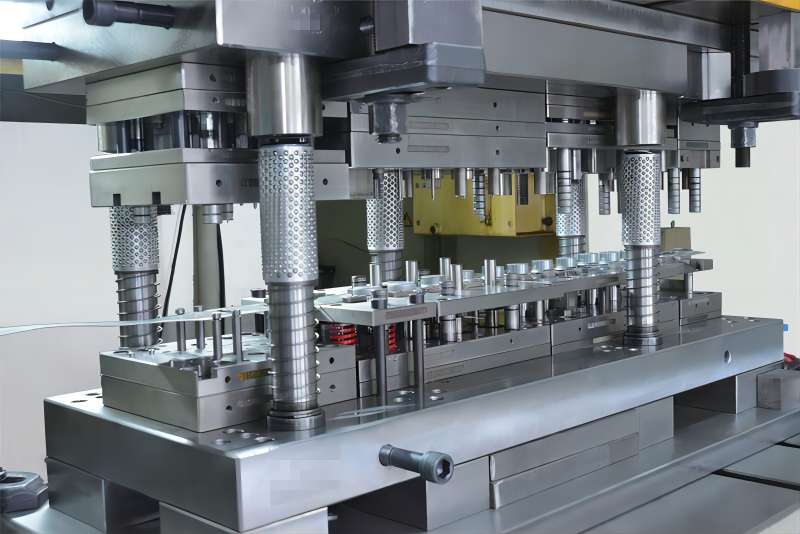
Conclusion
The industry of metal stamping parts is expanding rapidly as a result of technical improvements, increased demand for lightweight materials, and changing industry needs. As customization becomes more common and enterprises seek long-term solutions, the future of metal stamping appears bright. To remain competitive, businesses must embrace innovation, invest in sophisticated technology, and adapt to the evolving global manufacturing market.

